Description:
The platform davit is a specialized lifting device designed to lower and recover boats using a winch, typically installed on a platform.
It meets the requirements of SOLAS 1996, IMO Resolution MSC.81(70), MSC.216(82), MSC.218(82), and MSC.226(82).
Boats are lowered using the davit’s own weight without any external power source.
The boat can be released and lowered remotely, and a permanently mounted motor on the winch is used to hoist the lifeboat back into its stowed position.
Certifications: CCS, ABS, BV, DNV
Technical Data:
| Particulars / Model | GRPD85 | GRPD115 | GRPD145 | GRPD175 |
| Max Working Load (kN) | 85 | 115 | 145 | 175 |
| Breadth (mm) | 2790 | 2850 | 2800 | 3020 |
| Height (mm) | 3650 | 3900 | 4300 | 3700 |
| Total Weight (kg) | 4500 | 5200 | 5800 | 7500 |
Related Products:
Gravity Luffing Arm Type Davit
Technical Data:
| Particulars / Model | GRL25 | GRL50 | GRL65 | GRGH90 | GR-LE150 | GRGH170 |
| Working Load (kN) | 25 | 50 | 65 | 90 | 155 | 170 |
| Min Lowering Load (kN) | 13 | 25 | 25 | 42 | 68 | 80 |
| Hoisting Load (kN) | 17 | 28 | 42 | 50 | 110 | 100 |
| Incline Limit | List ≤20°, Trim ≤10° | |||||
Free Fall Life Boat Davit
Technical Data:
| Particulars / Model | GRF55 | GRFA65 | GRF70 | GRFA75 | GRFA100 | GRFH145 |
| Max Working Load (kN) | 55 | 65 | 70 | 75 | 100 | 145 |
| Max Hoisting Load (kN) | 42 | 42 | 45 | 50 | 60 | 90 |
| Hoisting Speed (m/min) | ≥3.0 | |||||
| Ramp Angle | 35° | |||||
Single Arm Rescue Boat Davit – Slewing Davit for Life Raft & Rescue Boat
Technical Data:
| Particulars / Model | GR-SAP21 | GR-SA21A | GR-SAF23 | GR-SA25 | GR-SA30 | GR-SA35 |
| S.W.L (kN) | 21 | 21 | 23 | 25 | 30 | 35 |
| Hoisting Load (kN) | 14 | 21 | 14 | 25 | 30 | 21 |
| Slewing Load (kN) | 14 | 21 | 14 | 25 | 30 | 21 |
| Slewing Radius (m) | 3.5~7.5m | 4~5m | 5~7m | 4~5m | 4~5.8m | 4~4.5m |
| Total Weight (kg) | ~2800 | ~2800 | ~3200 | ~3200 | ~3300 | ~3350 |
| Suitable Boat | For Rescue Boat, Life Raft, and Crane | |||||

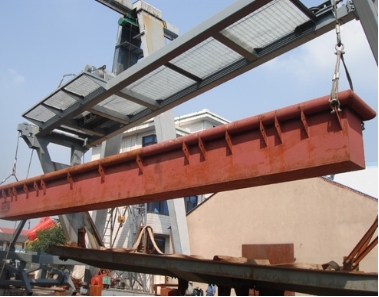 We also offer other types of davits. If you're interested, feel free to contact us!
We also offer other types of davits. If you're interested, feel free to contact us!
HONYPRO®PP profile is also called polypropylene. PP plastic is isotactic crystal and has good thermal stability, but the material is brittle and easy to break, mainly polypropylene material.
In comparison with PE, Polypropylene is the harder variant among plastics. It is a structured crystalline plastic that is very difficult to extrude. Only a few profiles can be extruded from polypropylene. In comparison to HDPE, PP is stiffer and has a harder surface. However, the mechanical qualities combined with its heat and chemical resistance make it a valuable plastic.
The chemical stability of PP polypropylene is very good, except that it can be corroded by concentrated sulfuric acid, it is relatively stable to various other chemical reagents, but low molecular weight aliphatic hydrocarbons, aromatic hydrocarbons and chlorinated hydrocarbons can soften and swell polypropylene, At the same time, its chemical stability improves with the increase of crystallinity, so polypropylene is suitable for making various chemical pipes and fittings, and has good anti-corrosion effect.
Electrical properties: PP has a high dielectric coefficient, and with the rise of temperature, it can be used to make heated electrical insulation PP plastic profile products. It also has a high breakdown voltage and is suitable for use as electrical accessories, etc. Good voltage resistance and arc resistance, but high static electricity, easy to age when in contact with copper.
The PP material is also food-grade, and the plastic profiles produced can hold high-temperature food. Most microwave lunch boxes are made of PP plastic profile products, which can withstand high temperatures of 130 ° C, but the transparency is poor. It is a plastic that can be put into a microwave oven. The box can also be used to hold high-temperature food and can be reused after cleaning.
Polypropylene (PP) is a hugely versatile plastic due to its low cost, durability and excellent tolerance of both chemical substances and high temperatures. It is available in different grades dependent on the application, for instance, food grade polypropylene is used in a wide range of food and non-food packaging. Other common applications for polypropylene include stationery, toy parts, automotive components and gardening products
Polypropylene properties
The properties of polypropylene are very similar to polyethylene, although there are some specific differences. Polypropylene has a greater rigidity and hardness, is lower density and has a higher melting point of 160oC, therefore offering excellent electrical and heat resistance.
The most popular grades for polypropylene extrusions are:
Homo-polymer – a general purpose grade with good fatigue resistance due to its stiffness and clarity.
Co-polymer – used for applications where higher impact and greater transparency is required e.g. non-load bearing hinges.
Polypropylene is also recyclable, so extruded polypropylene products can be reground and reused at the end of their working life to produce other plastic products
Polypropylene extrusions in use
We manufacture a diverse range of custom polypropylene profiles and tubes for our customers, including:
Oil pump tubes
Protective plant and tree sleeves
Polypropylene parts for toys
Handles and shafts
Food grade tubing and sample tubes
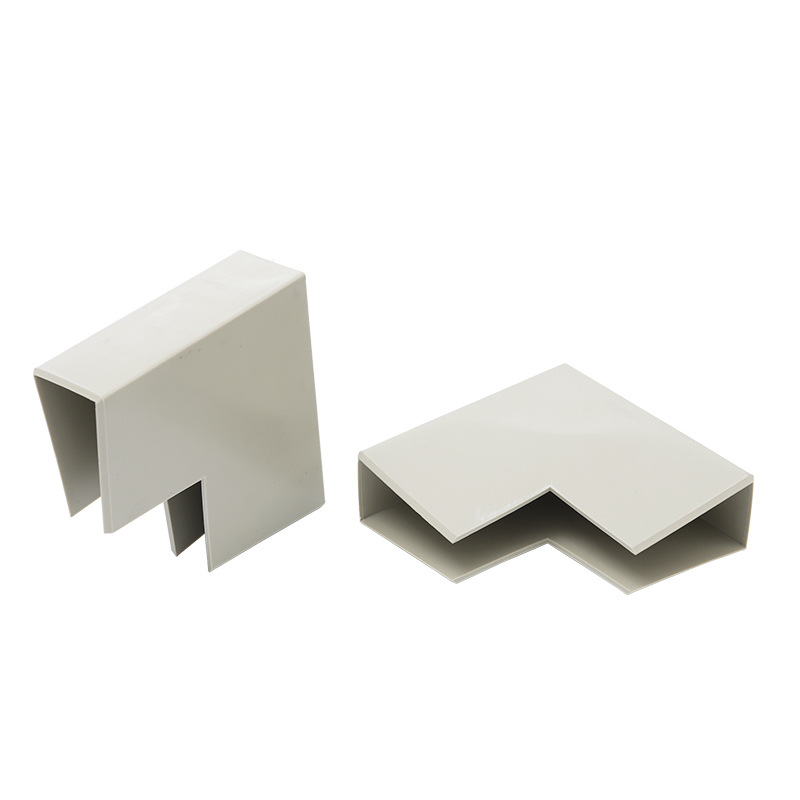
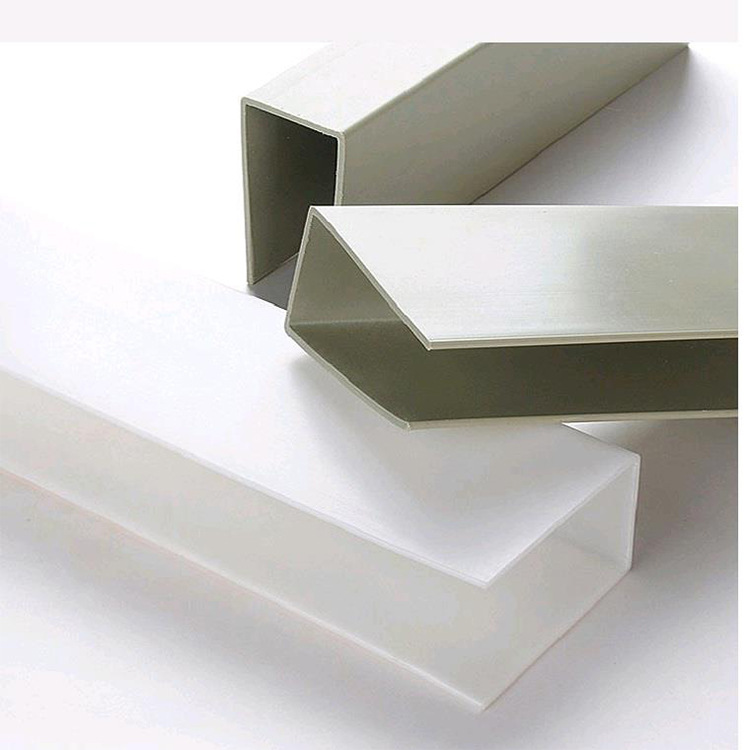
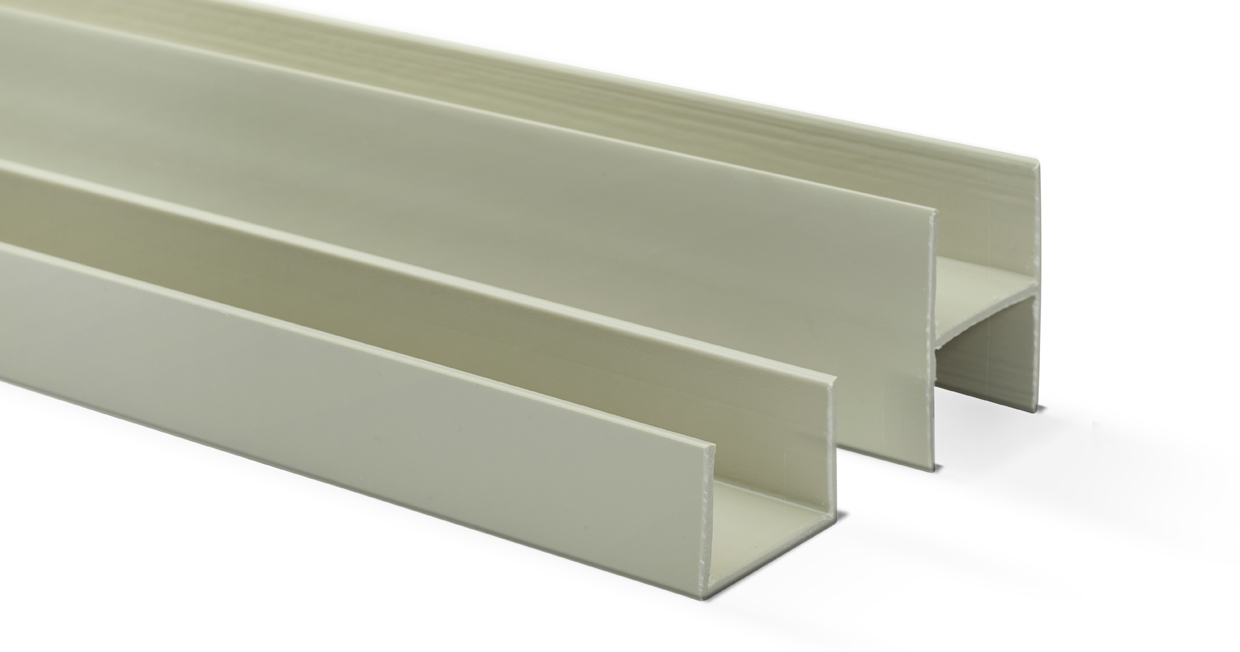
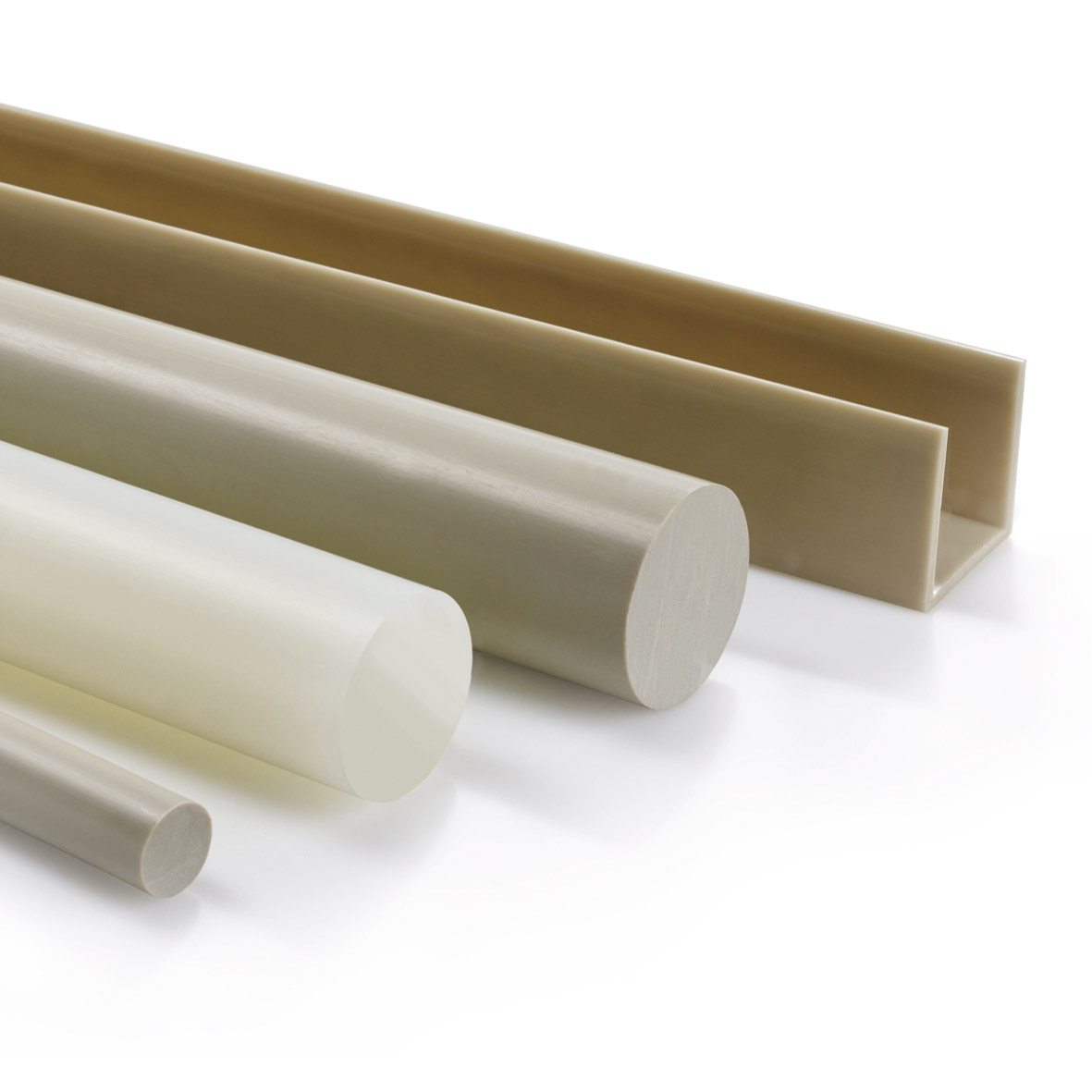
Polypropylene Extrusions,PP Polypropylene Extruder,PP Window Profiles,Polypropylene plates,PP profiles
Hony Engineering Plastics Limited , https://www.honyplastic.com